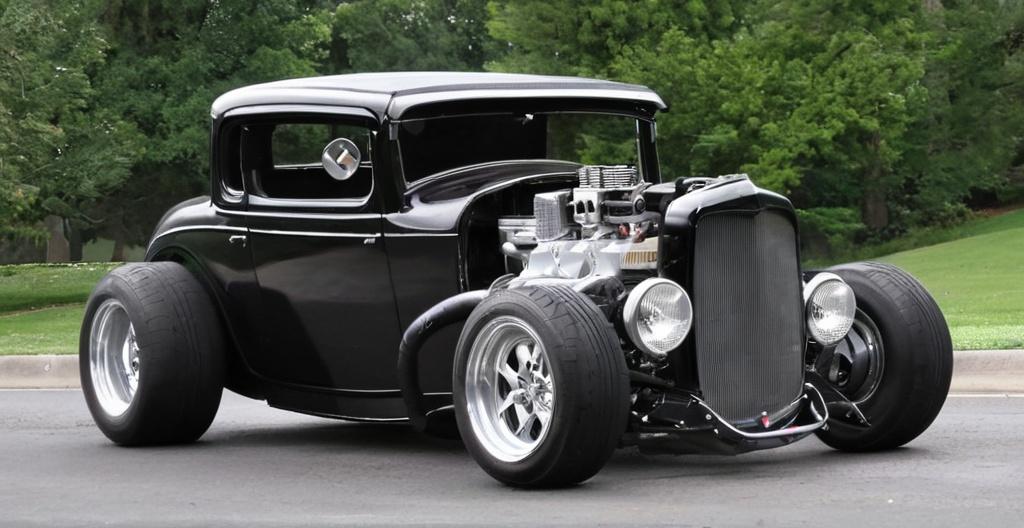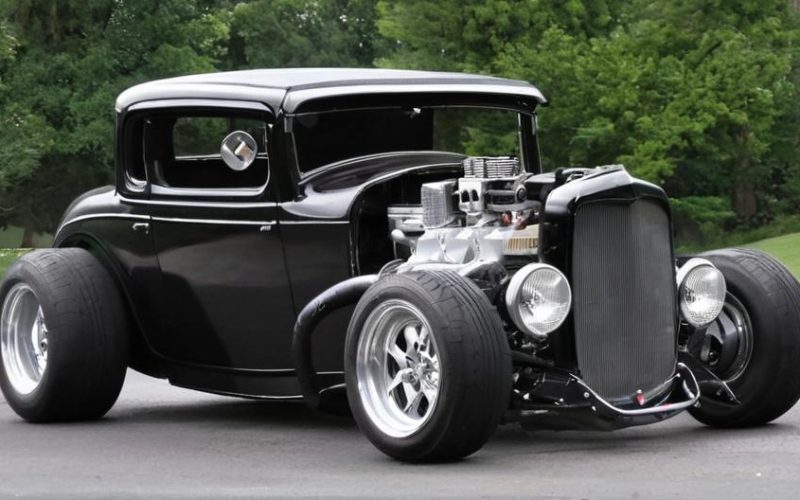Key Take Aways About Restoring Rusted Bodywork for Street Rodding
- Street rodding combines artistry and mechanics, with rust restoration being crucial.
- Rust, or iron oxide, thrives in moist environments; thorough inspection is needed.
- Tools required include wire brushes, sandpaper, grinders, and safety gear.
- Rust removal involves cleaning, sanding, and sealing to prevent future rusting.
- Severe damage may require panel replacement and welding, followed by painting.
- Maintenance with washing and waxing prevents rust and extends vehicle life.
- Restoration is both challenging and rewarding, bringing stories and history back to life.

Introduction to Restoring Rusted Bodywork
Street rodding is a mix of art and mechanics, where restoring rusted bodywork plays a big part. It can be like finding hidden treasure, as you transform a rust-bucket into a head-turner. This task, however, isn’t for those afraid of getting their hands dirty. Rust is often seen as the automotive equivalent of a bad hangover—unwelcome and tough to overcome. But fear not; with a little know-how, you can bring your ride back to life.
Understanding the Enemy: Rust
So, what’s this rust thing? Technically speaking, rust is iron oxide. It feeds on the metal like a hungry critter and loves moisture and oxygen. Those folks living near a beach, man, they know the struggle. Saltwater and the salty air can accelerate rusting faster than you can say “street rod.” The first step is acknowledging the presence of rust. Check the vehicle thoroughly, especially areas prone to rusting, like wheel wells, undercarriages, and panels.
Assessing the Damage
Take a good, long look at the affected areas. Minor surface rust is like a bad haircut—fixable with a bit of work. Scale rust is a little more serious, requiring extra effort and tools, and penetrating rust, well, that might call for part replacements. A detailed inspection helps understand what you’re up against and what tools you’ll need for the job.
Tools of the Trade
To tackle rust, you’ll need some gear. Think wire brushes, sandpaper, angle grinders, and power drills. Don’t forget the safety glasses—you don’t want rust in your eyes. Any street rodder worth their salt knows the golden rule: safety first, style second.
Step-by-Step Rust Removal
First off, you need to clean the area. Dirt and debris are like house guests who just refuse to leave. Use a degreaser or soap solution, rinse, and dry. Then comes the heavy lifting: the grinding and sanding. Start with a coarse grit and work your way up to smoother finishes. It’s like sanding a piece of furniture but with a lot more noise and mess.
Once the rust is outta there, it’s all about sealing and protecting. Use rust converter or primer to prevent future rusting. This step’s like applying sunscreen at the beach—it’s crucial for protection.
Repair and Refine
Deep rust might need more than just surface treatment. Sometimes, you’ll have to replace panels entirely. Welding new panels isn’t just about slapping metal together; it’s an art form requiring precision and skill. Remember, when it’s all done, give it a good paint job. Not only does this enhance the look, but it adds a layer of protection.
Get That Street Rod Look
After all the rust and repair business, comes the fun part—customization. Whether it’s a candy paint job or flame decals, your street rod should scream personality. The goal is to make people stop and stare, and maybe even ask for a photo.
Maintenance and Prevention
No one likes to redo work; hence, preventive measures are key. Regular washing and waxing, especially after those wet or salty conditions, can keep rust at bay. Think of it as self-care for your car. A little effort today saves a lot of work later.
Personal Touch: Stories from the Street
Many street rodders have that one car that was once a rusted mess but now sits proudly in their garage or on the road. Restoring rusted bodywork ain’t just about fixing metal; it’s about bringing a piece of history back to life, preserving the stories and adventures it holds. From childhood memories of tinkering in dad’s garage to avid collectors rescuing classics from a farmer’s field, each car has a tale to tell.
Conclusion
Restoring rusted bodywork is a challenge, sure, but it’s also rewarding. You’ve got the tools, you’ve done the hard labor, and now, you get to enjoy the fruit of your efforts. That street rod, once hidden beneath layers of rust, now gleams with potential and personality. It’s more than just a vehicle; it’s a reflection of your hard work and passion for car culture. Whether you’re cruising down the street or parking at a show, know that every head that turns your way recognizes the effort and heart you’ve put into that ride.
